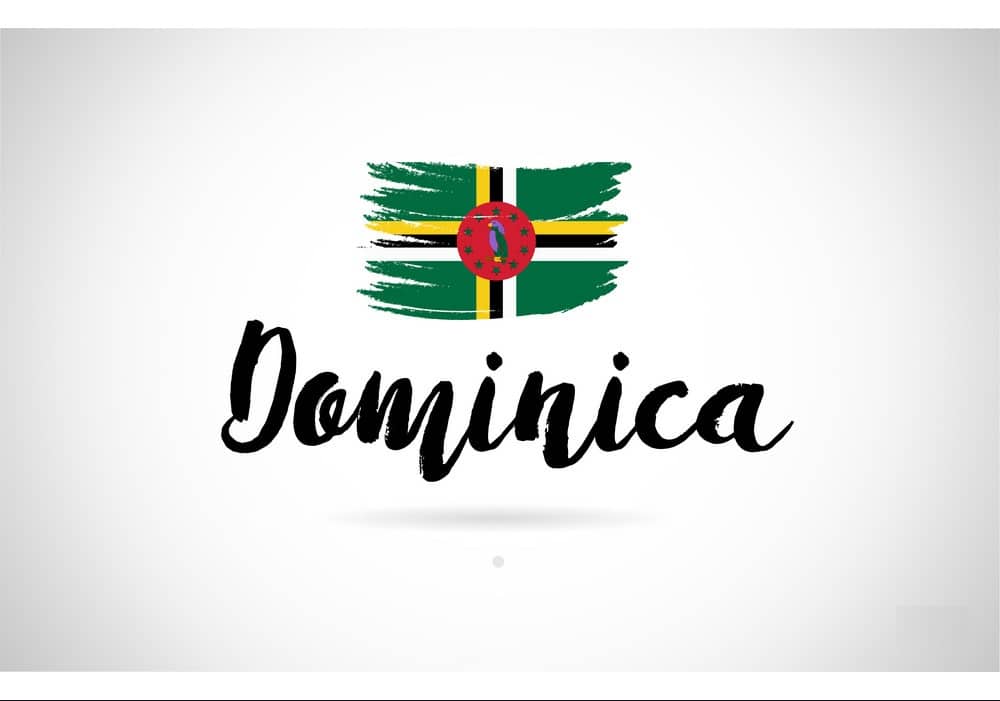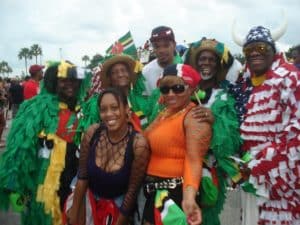Headlines
Dominica Population, Official Language And More.

In summary, Dominica has a rich history that dates back to pre-Columbian times. The Arawak people were overthrown by Caribs who called it Wai‘tu kubuli. The island was named by Christopher Columbus after he spotted it on a Sunday. The Spanish did not settle on it due to fierce resistance from Caribs and absence of gold. The French claimed it in 1632 but did not settle on it until later. It became a colony of France before becoming a British colony until independence in 1978.

Dominica
THE POPULATION
Dominica has a population of approximately 72,000 people. The island is known for its diverse population, which includes people of African, European, and indigenous Kalinago descent.
THE LANDMARK
Dominica is home to several notable landmarks. One of the most famous landmarks is Boiling Lake, which is the second-largest hot spring in the world. The lake is located in Morne Trois Pitons National Park, a UNESCO World Heritage Site.
THE OFFICIAL LANGUAGE
The official language of Dominica is English. English is widely spoken and understood throughout the island.
THE CULTURE
Dominican culture is a vibrant blend of African, European, and indigenous influences. The island’s cultural heritage is celebrated through various art forms, including music, dance, and storytelling. The Kalinago people have a rich cultural heritage and are known for their traditional crafts and practices.
THE ECONOMIC STABILITY
Dominica’s economy is primarily based on agriculture, tourism, and offshore financial services. The island is known for its production of bananas, citrus fruits, and other agricultural products. Tourism plays a significant role in the economy, with visitors attracted to Dominica’s natural beauty and outdoor activities such as hiking, diving, and whale watching.
THE GDP
Dominica’s Gross Domestic Product (GDP) is $562 million. The country’s economy is primarily based on agriculture, tourism, and offshore financial services.
THE CURRENCY
The official currency of Dominica is the Eastern Caribbean dollar (XCD). It is pegged to the United States dollar at a fixed exchange rate of 2.7 XCD to 1 USD.
THE FOOD
Dominican cuisine is a delightful blend of African, European, and indigenous flavors. Some popular dishes include:
- Callaloo: A delicious soup made from leafy greens, okra, and coconut milk.
- Saltfish and Bakes: A traditional breakfast dish consisting of salted codfish served with fried dough.
- Crab Back: A savory dish made from crab meat, bread crumbs, and spices.
- Mountain Chicken: Despite its name, this dish is made from frog legs and is considered a delicacy in Dominica.
- Titiwi Soup: A flavorful soup made from small fish called titiwi, vegetables, and spices.
MAJOR CITIES
The capital city of Dominica is Roseau, which is located on the western coast of the island. Other major cities include Portsmouth, Marigot, and Mahaut.
MAJOR AIRPORTS, SEAPORTS, AND SCHOOLS
Dominica has one major airport, the Douglas-Charles Airport. It is located on the northeastern coast of the island. The main seaport in Dominica is the Roseau Cruise Ship Berth. As for schools, Dominica has several educational institutions, including the University of the West Indies Open Campus.





